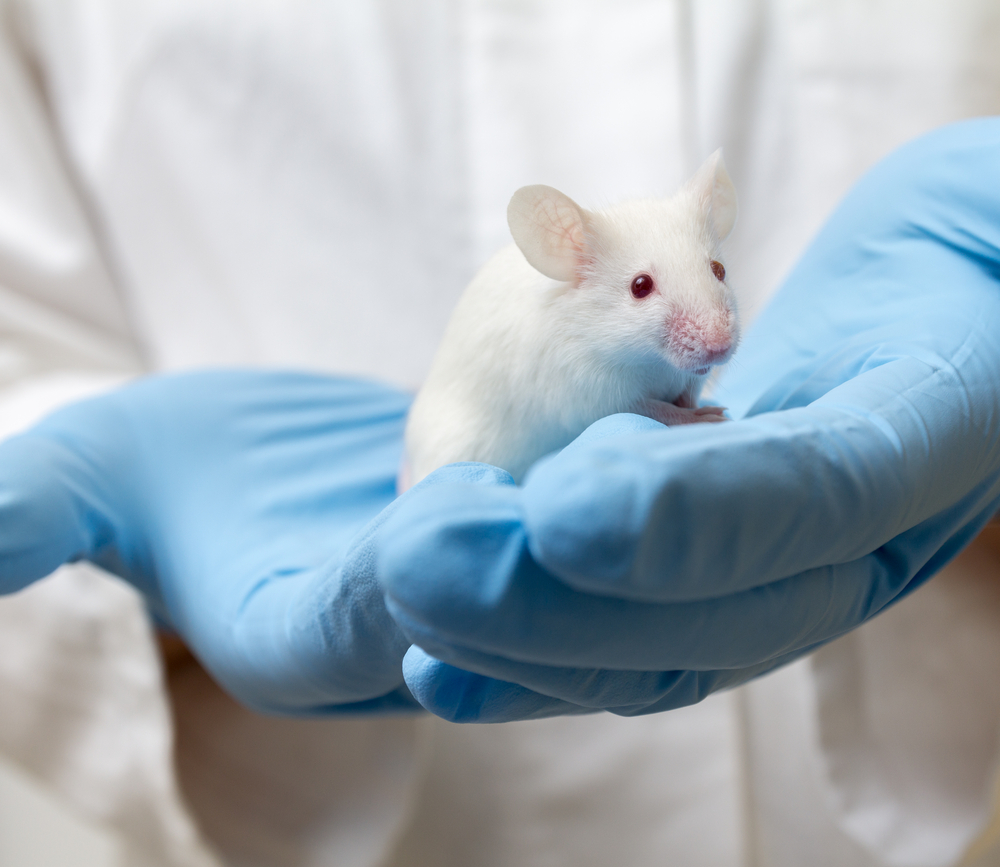Rescuing Activity of Specific Neurons Improved Motor Function in Parkinson’s Mice

Rescuing the activity of neurons in the subthalamic nucleus — part of a brain region that controls movement — lessens motor dysfunction in a mouse model of Parkinson’s disease (PD), according to a recent study.
The “study argues that the loss of this intrinsic activity promotes abnormal synchronization and motor dysfunction in Parkinson’s disease,” Mark Bevan, PhD, the study’s senior study author, said in a press release. Bevan is a professor of physiology at Feinberg School of Medicine, Northwestern University.
The study, “Maladaptive Downregulation of Autonomous Subthalamic Nucleus Activity following the Loss of Midbrain Dopamine Neurons” was published in the journal Cell Reports.
The glutamatergic subthalamic nucleus (STN) is part of the basal ganglia, a brain region that controls movement and impulse control, and one of the key sites affected in Parkinson’s disease. Composed mainly by glutamate-producing neurons, in Parkinson’s models the firing of these neurons is decreased.
Of note, glutamate is a key excitatory neurotransmitter — chemicals that nerve cells use to send signals to other cells. Excitatory signaling from one nerve cell to the next makes the latter cell more likely to fire an electrical signal. Inhibitory signaling makes the latter cell less likely to fire.
Loss of dopamine-producing neurons, a hallmark of Parkinson’s disease, causes neurons within the STN to develop abnormal, synchronized activity, which results in impaired motor function.
Researchers at Northwestern University used a mouse model of Parkinson’s disease to investigate the mechanisms that lead to the abnormal activity of neurons within the STN.
“We first determined the mechanisms that cause STN neurons to adapt to the loss of dopamine by slowing their autonomous pacemaking activity,” said Eileen McIver, PhD, the study’s first author.
They found that loss of dopaminergic neurons resulted in lower activity “in the motor territory of the STN.” They then found that the cause for this abnormal activity was an increased activity of neurons in the basal ganglia carrying the D2 receptor. (The D2 receptor has the capacity to regulate the levels of dopamine by inhibiting the release of this neurotransmitter.)
This trigger increased the activity of an ‘indirect’ pathway” of the basal ganglia leading to additional chemical changes — activation of NMDA glutamate receptor and ATP-sensitive potassium channels — that ultimately reduced the firing of STN neurons.
Rescuing the activity of STN neurons using designer receptors exclusively activated by designer drugs (DREADDs) rapidly improved motor function in Parkinson’s mice. DREADDs are a class of engineered proteins that allow the targeted delivery of a receptor protein to specific cells.
“Within ten minutes of injecting the designer drug to activate DREADDs in the STN, we saw a symptomatic improvement,” McIver explained. Overall, these findings “provide proof-of-concept for the use of tools like DREADDs as a therapeutic approach in Parkinson’s disease,” he said.






